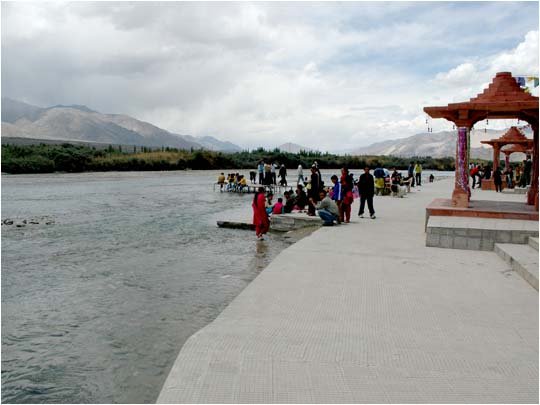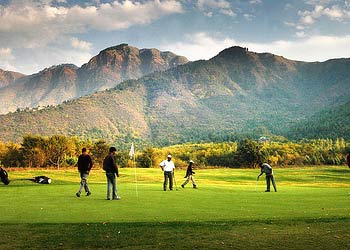Mujtaba Wani
SRINAGAR: Kashmir’s Kolahoi glacier, which is the largest in the valley and which also feeds its main river, is melting faster than other Himalayan glaciers, glaciologists warn.
This trend could put under threat the water supply to hundreds of thousands of people in the region.
Experts say rising temperatures are rapidly shrinking Himalayan glaciers, underscoring the effects of climate change that has caused temperatures in the mountainous region to rise by about 1.1 degrees Celsius in the past 100 years.
The biggest glacier in Kashmir, the Kolahoi – spread over just a little above 11 sq km (4.25 sq mile), has shrunk 2.63 sq km in the past three decades, a new study says.
“Kolahoi glacier is shrinking 0.08 square kilometers a year, which is an alarming speed,” says the study titled “Climate Change, Glacial Retreat and Livelihoods”.
The study which took three years to be completed was led by glaciologist Shakil Ramsoo, an assistant professor in the department of geology at the University of Kashmir.
The Kolahoi glacier is the main source of water for Kashmir’s biggest river, the Jhelum, and its many streams and lakes.
According to a United Nations Environment Programme and World Glacier Monitoring Service study, the average melting rate of mountain glaciers has doubled since the turn of the millennium, with record losses seen in 2006 at several sites.
But other scientists say there was a need for more scientific studies to conclusively establish the link between climate change and shrinking glaciers.
They say while “a couple of” Himalayan glaciers were receding, some others such as the Siachen glacier were advancing, while others like the Gangotri glacier were receding at a decreasing rate compared with the last two decades.
But Kashmiri envioronmentalist say: “Other small Kashmir glaciers are also shrinking and the main reason is that the winter temperature in Kashmir is rising.”
Melting of Kashmir glaciers could have serious fallout as most Kashmiris rely on glaciers for water.










